Spider-Man: Far From Home is the final movie in our retrospective, as well as the last Spider-Man movie released in theaters (for now). 2019 was a special time for Marvel fans. After the massive event that was Avengers: Endgame, Spider-Man was meant to bring audiences into a period of rest between phases, as well as reframe what we can expect from the franchise’s future. However, the film’s most important task was to bring Peter out of Iron Man’s shadow and set him on his path.

Spider-Man: Far From Home, which takes place a few months after the events of Avengers: Endgame, tells the story of Peter Parker and his closest friends going on a well-deserved vacation to Europe. Peter’s idyll is interrupted when Nick Fury comes to him asking for help as mysterious multiversal beasts are ravaging the continent. At least, that’s what the movie wants you to believe.
In the film, Peter Parker (Tom Holland) undergoes a very significant character development in the context of the entire universe, which is somewhat like a reversal of his storyline from Homecoming. After his cosmic journey, Peter wants to rest, he does not want to be put in the role of the successor of Iron Man whose death still haunts him. The public sees him as Stark’s successor, but the teenager prefers to forget about that and focus on declaring his love for MJ (Zendaya). This escapist motivation of Peter’s is very believable and, with the tragic events of his previous two films in mind, we root for him to realize his current plans.

What I loved most about the film was just all the holiday moments of Peter and his friends. I was also captivated by the childlike naivety and awkwardness of his relationship with MJ, which has a lot of heart and charm. Yet, Ned (Jacob Batalon) didn’t leave a great impression on me because of the fact he doesn’t have much to do in this film. The filmmakers gave him a romance with Betty (Anguire Rice), which ends as suddenly as it beings, and nothing comes from that eventually. Flash Thompson (Tony Revolori) is also worth mentioning, as his character has a nice little arc across the two Spider-Man movies. He’s in the background, but Watts outlines his sad life through some visual means. The ending of Far From Home certainly brought a lot of confusion and moral conflict into his life.
This escape, or rather conflict with being the successor to Iron Man has its narrative center in the extremely advanced E.D.I.T.H. technology. It allows the bearer to access a satellite and hundreds of drones. This plotline is by far my biggest problem with the film, which posthumously puts Stark in the rather reckless role of a mentor who took a carefully considered approach to Parker’s superheroic growth. Giving a teenager access to arguably one of the most advanced technologies of mass destruction is too much for me, and I have a hard time accepting this plot.

On the other side, we have Jake Gyllenhaal as Quentin Beck a.ka. Mysterio is a former Stark Industries employee responsible for creating B.A.R.F., the technology that was first introduced in Captain America: Civil War. I’m a huge fan of revisiting this tech, as I’ve always liked it when the MCU taps into themes that were teased or underdeveloped somewhere in a previous film. Gyllenhaal, of course, is very convincing in his role. He’s a bit goofy and over-expressive, but I think that makes this character interesting and memorable. On paper, this is another bad Stark’s villain, only this time we have a collective of Stark’s ex-employees.
What’s worth noting is that Far From Home is a very metatextual film and there are quite a few allusions in the story to the very shape of the MCU, our relationship with the universe, and the image of VFX artists. This auto thematic approach is something original and interesting within the MCU. The closing film of the Infinity Saga was perfect to address this kind of issue. We are put in the role of students who are going on a well-deserved vacation after years of intensely following the development of the universe, and the production is meant to put us in a sort of lethargy between phases.

The film communicates more than once that it is time to move on and to cut off certain attachments that still weigh on us, such as our relationship with Stark, which is well emphasized by Peter’s plot. On that note, the final scene with the swinging between Manhattan buildings is my favorite sequence in the film. It symbolizes a new era in Peter’s life, the MCU, and sets us, viewers, up for new and equally exciting adventures.
It also manifests itself in terms of special effects and the role of VFX artists in the filmmaking community. The storyline of Beck and his crew present how VFX artists are devalued in film discourse and how their immense contribution to history is often forgotten. This is a very interesting theme, considering how this actually plays out and the intensity with which people can trivialize aspects of special effects. Leaving that aside, the effects in Far From Home are on a really high level and the Mysterio illusion sequences or the third act are in my opinion the top of the MCU when it comes to visuals.
Spider-Man: Far From Home is a movie that perfectly fits into the post-Endgame reality, bringing Peter and us into a new era in the universe while giving us a lot of breathing room and a more relaxed atmosphere. I have a few gripes with this film, but Peter’s journey and the meta-narrative are interesting and engaging enough for me to like the film as well as its message. We’ll see how the sequel builds upon it.








